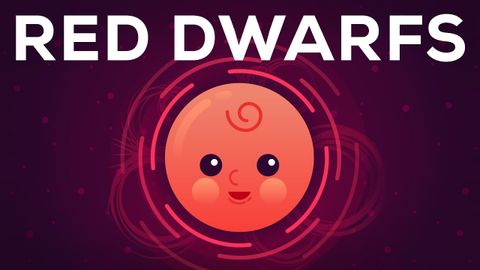
Subtitles & vocabulary
The Last Star in the Universe – Red Dwarfs Explained
00
簡簡哲 posted on 2016/08/06Save
Video vocabulary
massive
US /ˈmæsɪv/
・
UK /ˈmæsɪv/
- Adjective
- Very big; large; too big
- Large or imposing in scale or scope.
B1
More incredibly
US /ɪnˈkrɛdəblɪ/
・
UK /ɪnˈkredəbli/
- Adverb
- To a great degree; very; amazingly
- Extremely; so much so it is hard to believe
A2
More extremely
US /ɪk'strimlɪ/
・
UK /ɪkˈstri:mli/
- Adverb
- In a way that is much more than usual or expected
- Remarkably; unusually.
B1
More life
US /laɪf/
・
UK /laɪf/
- Noun (Countable/Uncountable)
- All the living things e.g. animals, plants, humans
- Period of time things live, from birth to death
A1
More Use Energy
Unlock All Vocabulary
Unlock pronunciation, explanations, and filters
